Gingerbread. It goes back thousands of years, traveled The Silk Road, baked in images of royalty, and celebrated in Medieval feasts.
What is gingerbread? Wikipedia describes it as a “broad category of baked goods, typically flavored with ginger, cloves, nutmeg, and cinnamon and sweetened with honey, sugar, or molasses.”
Gingerbread is global. Try Nonnettes in France, Pão de mel in Brazil, or Maejakgwa in Korea. Eat snaps, cakes, and cookies. You can even soothe the aches in your tummy.
Here’s the rub.
Is it barbaric to bite off the head of a gingerbread man? Do you give your opinion by munching on a politician’s face iced on a gingerbread cookie? Do you secretly invade the kids’ gingerbread house, snatching the gumdrops?
Those challenges are serious business.
Ginger is one of the oldest and most popular spices in the world. It comes from the underground stem of the ginger plant. Native to south China, ginger was first cultivated in ancient times. An early form of gingerbread can be traced back to the ancient Greeks and Romans.
According to Maya Corrigan, author of Five-Ingredient Mystery Books, Romans celebrated the winter solstice by “drinking, eating, and carousing . . . gobbling man-shaped biscuits as human sacrifices to appease the Gods.”
Sweet.
In 992 AD, an Armenian monk, Gregory of Nicopolis moved from Greece to France to teach gingerbread baking.
The monks loved it. They made gingerbread for the poor, pressing it into molds carved with images of saints and biblical scenes. They also used it for students: learn the letters molded in gingerbread and eat it when you’re finished.
An edible textbook.
Ginger had much-needed qualities: fiery taste, preservative, and medicine for aching tummies. It also hid the taste of nasty-flavored meat.
Shakespeare wrote in his 1598 comic play, Love’s Labor’s Lost. “And I had but one penny in this world, thou should’st have it to buy gingerbread.”
True love.
According to Barbara Rolek in The History of Gingerbread, the “early European recipe for gingerbread consisted of ground almonds, stale breadcrumbs, sugar, and ginger. The resultant paste was pressed into wooden molds . . . carved works of art.” Eventually the recipe was changed to use flour, eggs, and sweeteners.
The molds ranged from simple to extravagant. Queen Elizabeth I (1558-1603) awed visiting dignitaries and suitors with molded gingerbread made to look like them. If a visitor displeased the Queen, all she needed was to have him for dessert.
Some molds produced animals, people, and news events. The most skilled, carved royalty, coats of arms, and armor. See the Creative Commons images below.
Gingerbread festivals became popular – the cookies were called “fairings,” with designs of birds, flowers, and animals. Amanda Fiegl wrote in The Smithsonian, “Ladies often gave their favorite knights a piece of gingerbread for good luck in a tournament, or superstitiously ate a ‘gingerbread husband’ to improve their chances of landing the real thing.”
A Medieval match.com?
In Germany, lebkuchen (gingerbread cookies) were a staple at festivals, often in the shape of sugary hearts with romantic messages.
Gingerbread houses came from the Medieval folktale of Hansel and Gretel. It was a grim story about the famine of 1314, when starving parents abandoned their children. Hansel and Gretel discovered a gingerbread house deep in the woods. They began to eat the house when an evil witch found them. The pair escaped by shoving the witch into an oven.
It was made famous in Grimm’s Fairy Tales, published in the mid-1800s. The Grimm brothers were trying to preserve German folklore from Napoleonic influences.
Eventually, English colonists brought gingerbread to the New World. They were an easy, sweet treat. The cookies were often used to convince voters to choose one candidate over another.
Some things never change.
Today gingerbread is associated with holidays, gingerbread men, cakes, creative toppings, ornaments, happy tummies, and houses. Americans alone munch seven million gingerbread cookies a year.
Gingerbread houses can be very creative. Americans make them colorful; Europeans are more traditional. In Israel you’ll find blue-and-white Hanukah houses decorated with dreidels and menorahs.
You can buy a gingerbread house, construct one from a kit, or make it from scratch. For $77,000 you can have it custom-made with pearls and a 5-karat ruby.
Check out the Guinness World Record for the largest gingerbread house, made in Bryan, Texas by the Texas A&M Traditions Club. You could walk through the house. Bill Horton, the general manager, described it as “having everything but indoor plumbing.” It required a building permit, traditional foundation, and wood frame. Costing $78,000, it took 2,925 pounds of brown sugar, 1,800 pounds of butter, 7,200 eggs, 7,200 pounds of flour, and stood 21 feet high and 60 feet wide.
They surrounded it with a rope fence so people wouldn’t nibble on the walls.
If that doesn’t impress you, consider the record-breaking GingerBread Lane Village. Created by Chef Jon Lovitch, the village had 1,102 buildings, weighed 3 tons, and took 500 square feet of space. It included a train.
Take a big gingerbread bite. Enjoy!


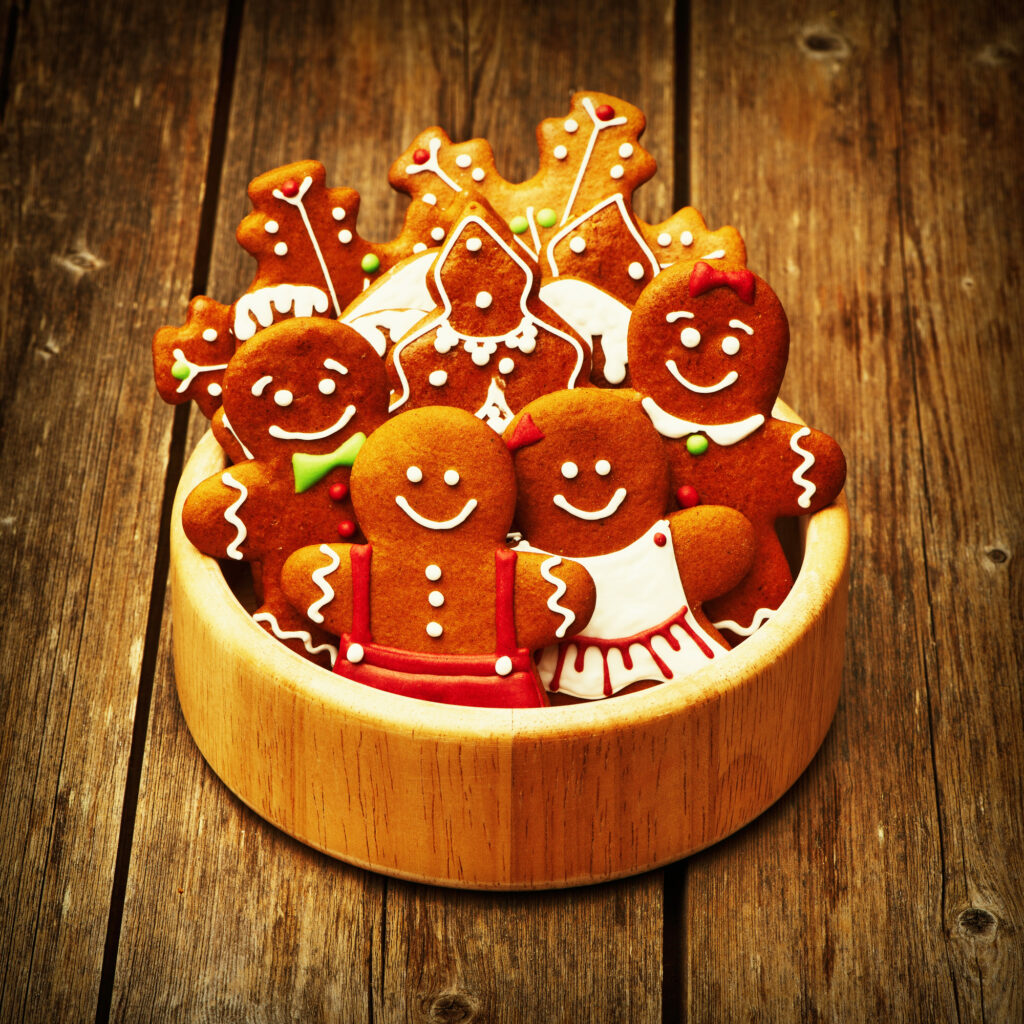
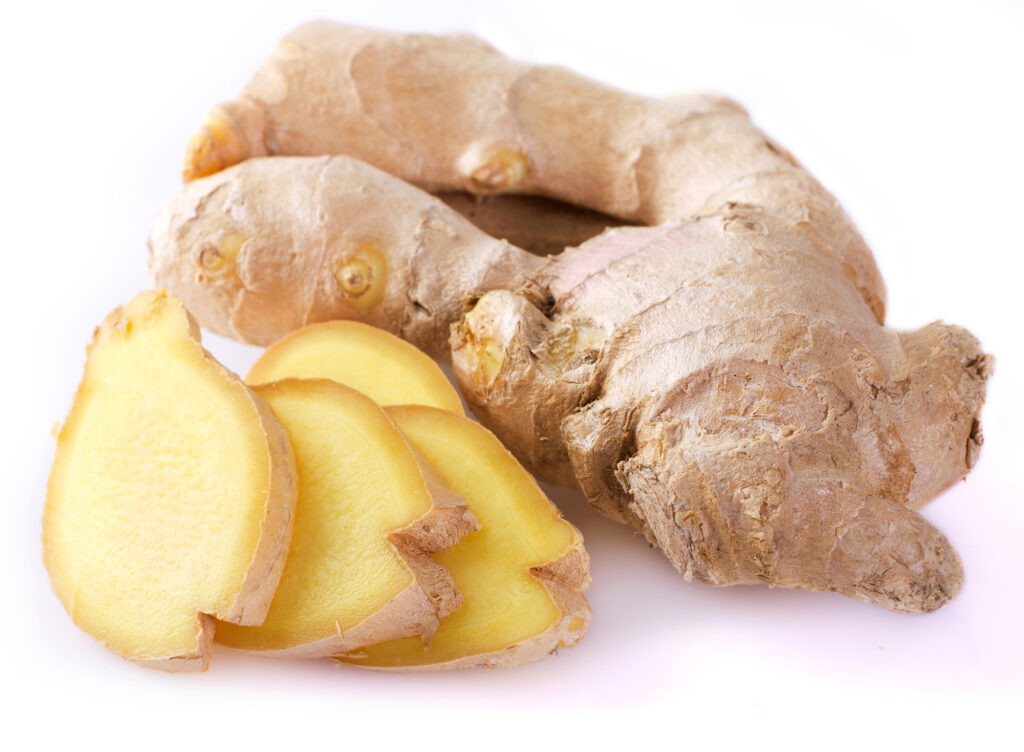
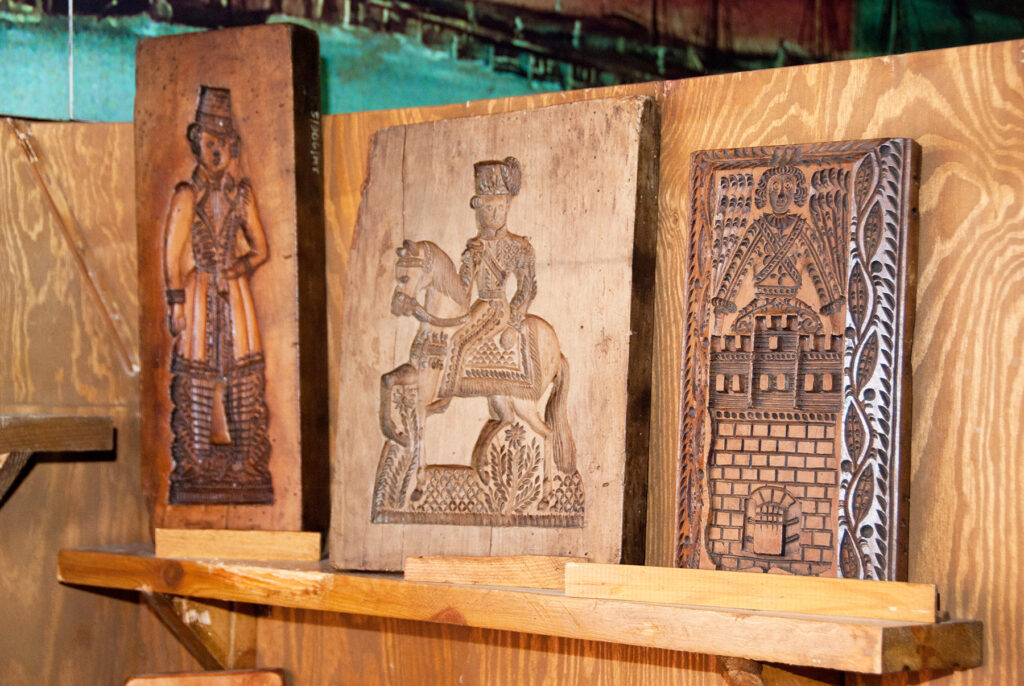
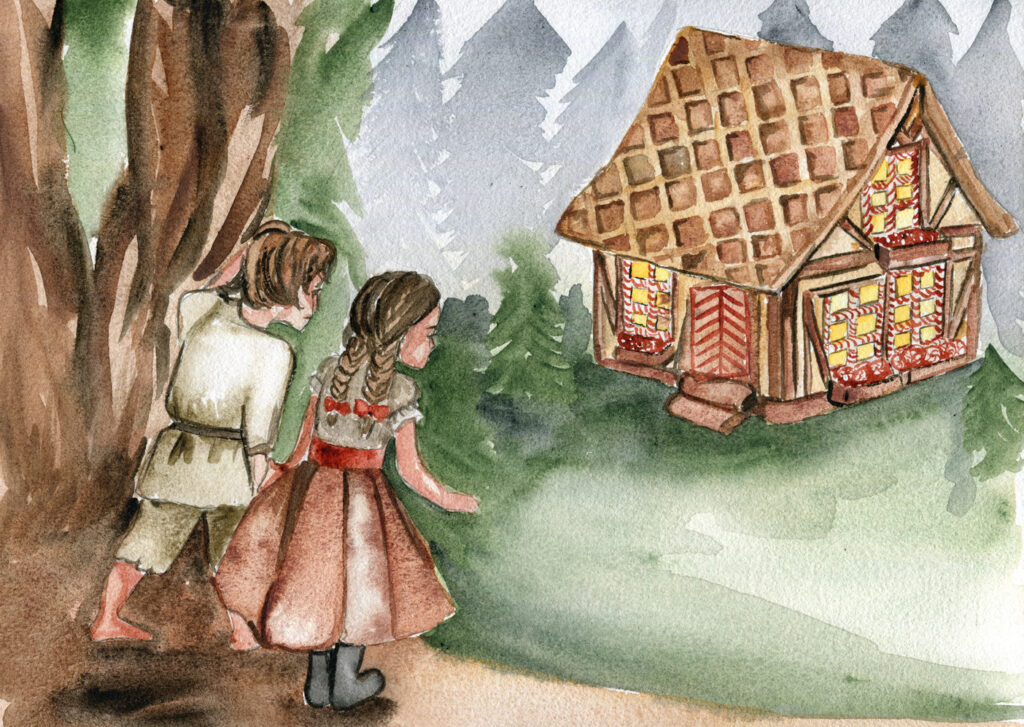
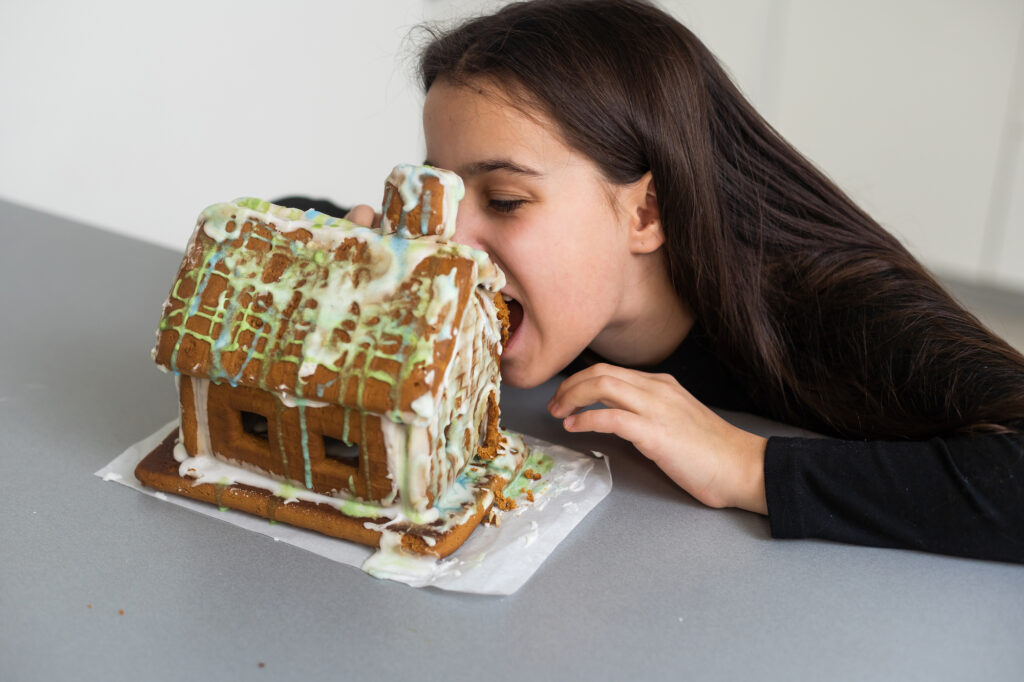
Wonderful! I quite enjoy gingerbread and I’m glad to know I am in good company with Shakespeare and Queen Elizabeth 1! Who knew that the humble spice had such an illustrious history? Thanks to you, now I know!